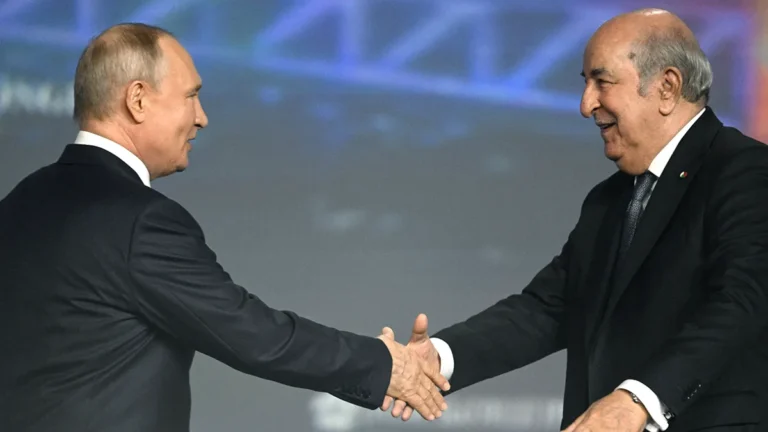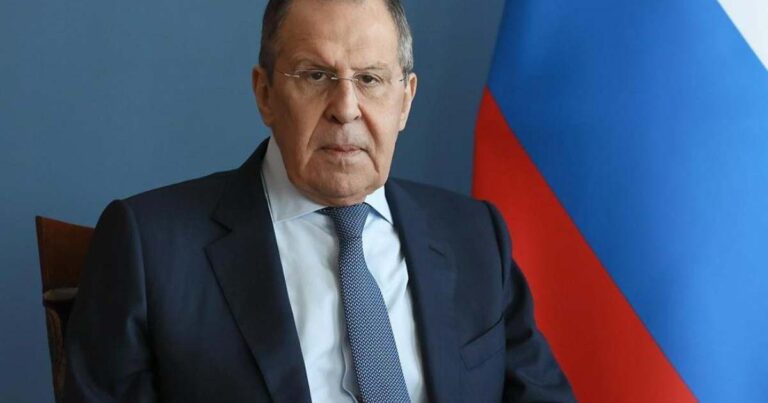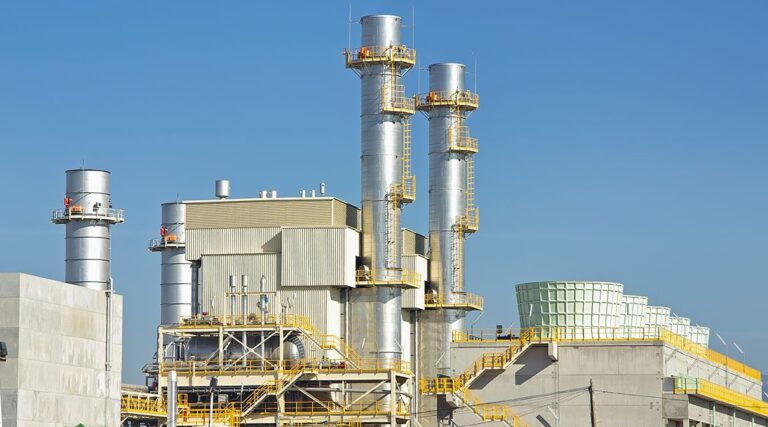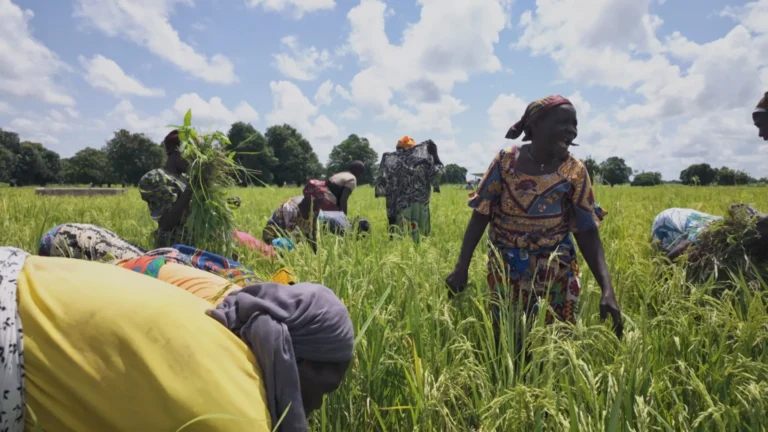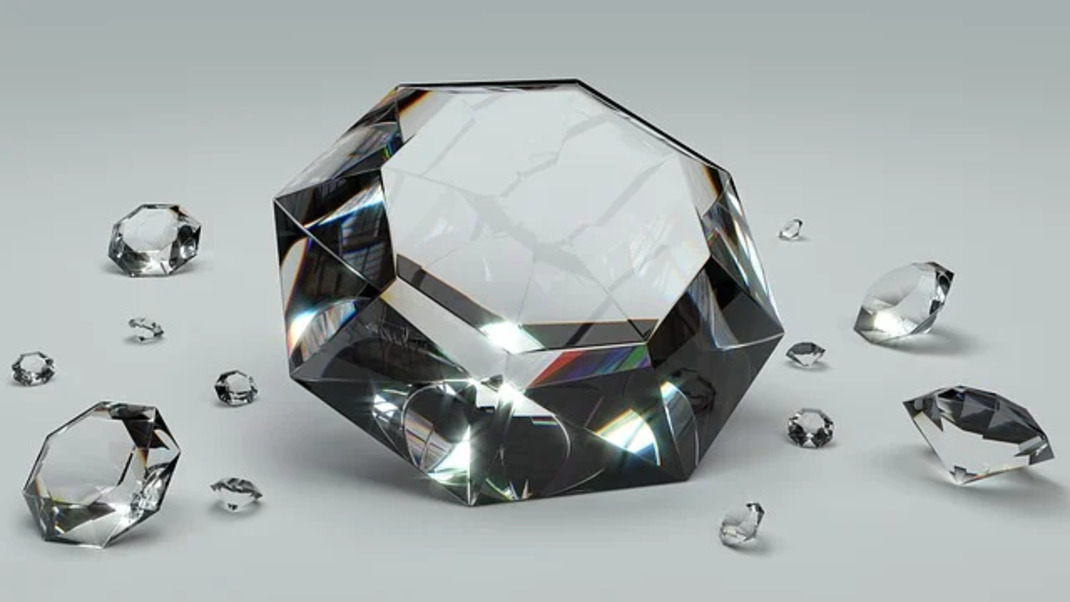
The country’s natural diamond industry is grappling with a severe setback following the United States’ decision to impose a 30% tariff on South African diamonds, a move that has sent shockwaves through one of Pretoria’s most iconic export sectors.
On Tuesday, Mineral and Petroleum Resources Minister Gwede Mantashe convened an emergency meeting with industry leaders in Pretoria to address the crisis.
He urged producers to unite amid falling demand and increasing competition from synthetic diamonds, particularly in Western markets.
“Unlike gold, platinum group metals and coal – which are exempt from the new US tariff regime – South African natural diamonds remain fully subject to this 30% levy, a severe blow to one of the country’s historic flagship exports,” Mantashe said.
The United States ranks as South Africa’s second largest trading partner after China, making this tariff particularly damaging.
The minister expressed concern over the declining competitiveness of South African diamonds in the US market, where synthetic diamonds now account for roughly 25% of transactions.
“To safeguard the future of our industry, we must promote natural diamonds, but also produce more of them. Promoting their local value is a major strategic issue,” Mantashe insisted.
He called for increased production, expanded local cutting and polishing capacity, and a coordinated international promotional campaign aimed at repositioning natural diamonds within the high-end luxury segment.
South Africa’s diamond legacy, anchored by renowned mining sites like Kimberley and Cullinan, faces mounting challenges. Beyond the tariff shock, the industry must navigate the rise of synthetic alternatives and shifting consumer tastes, all of which threaten to reshape the sector’s future.
As the country seeks a coordinated global response, the call from Pretoria is clear: urgent and unified action is needed to revive South Africa’s natural diamond market on the international stage.
